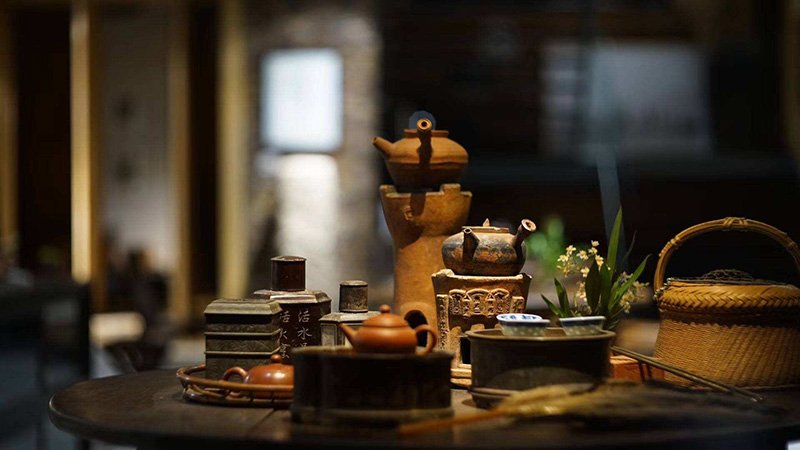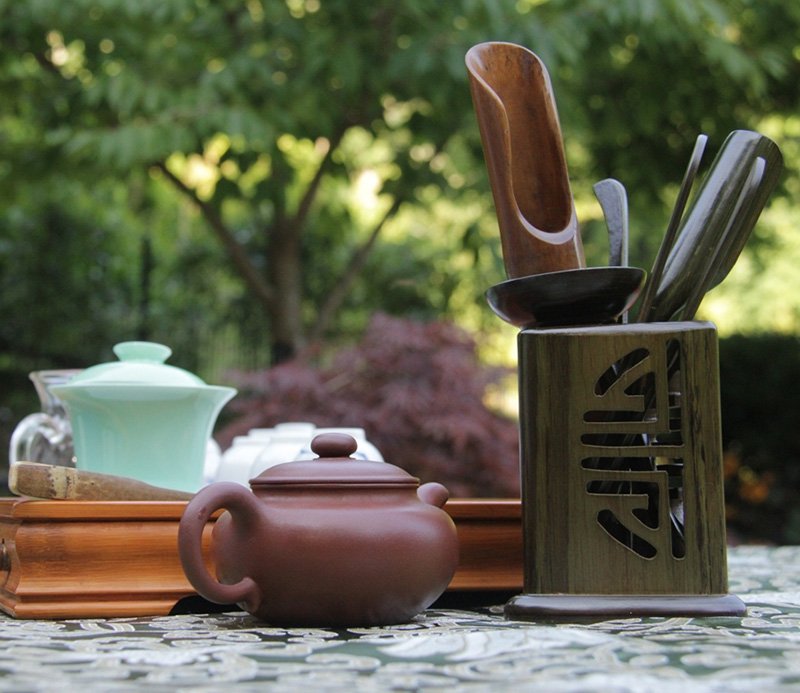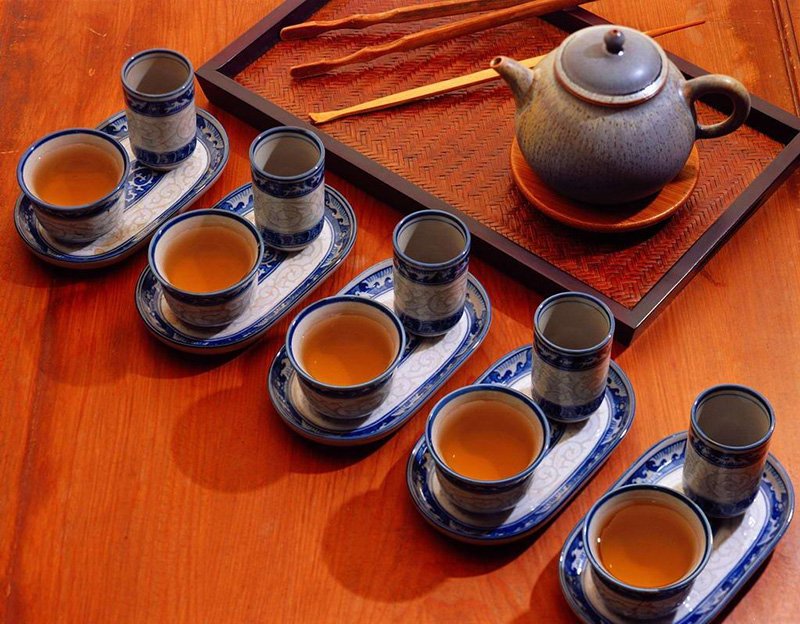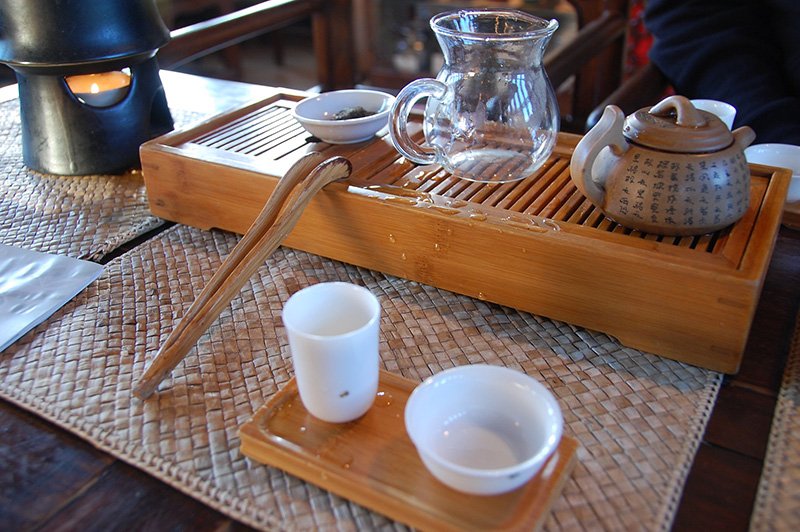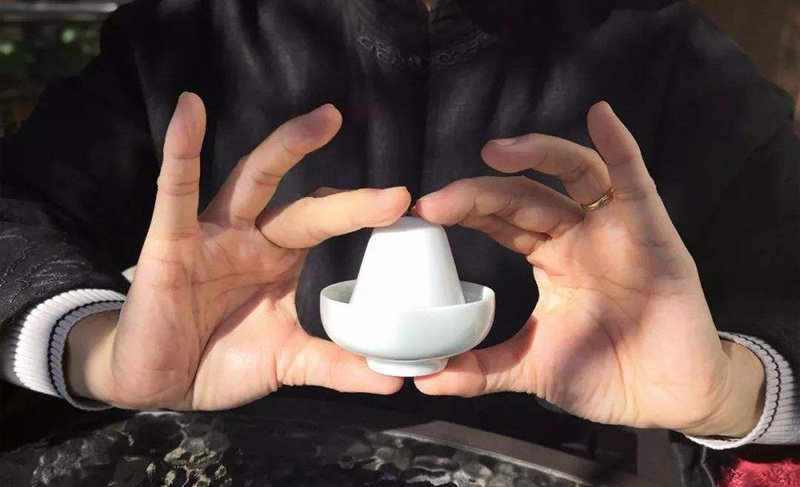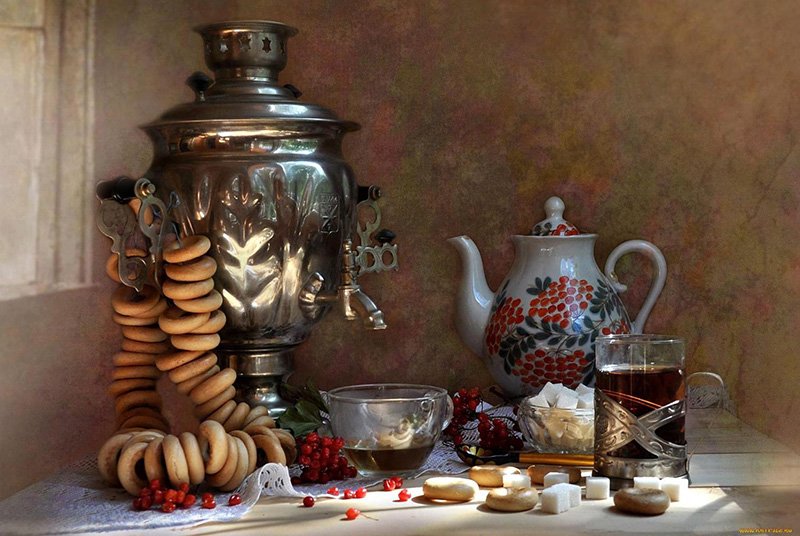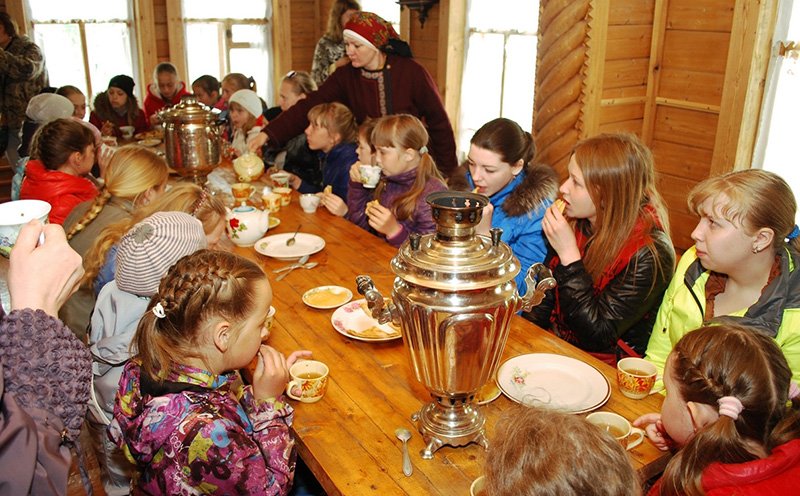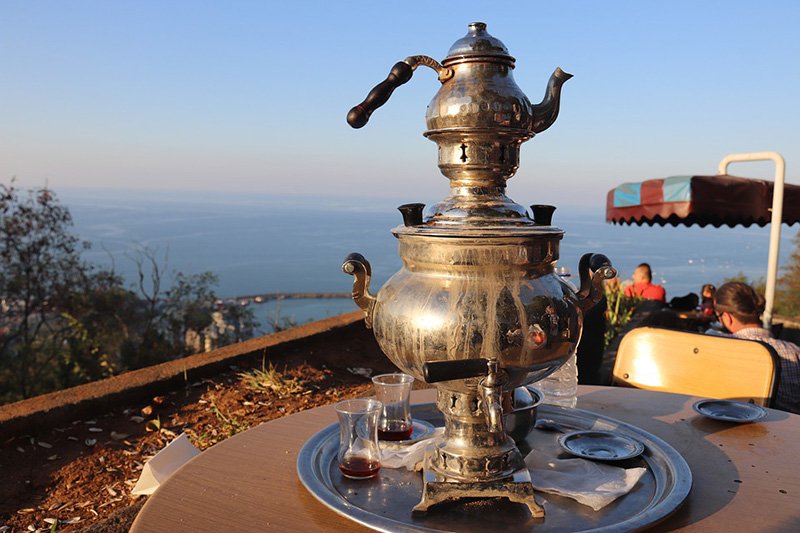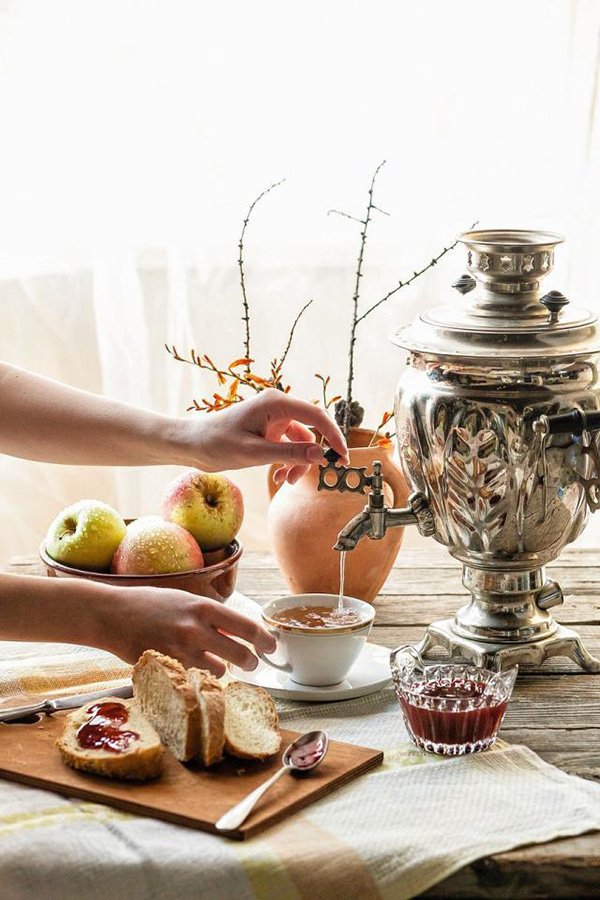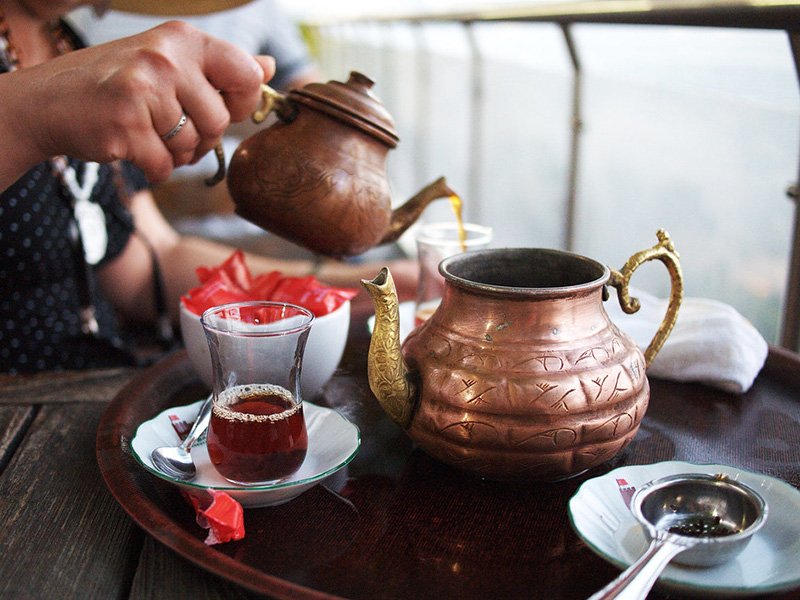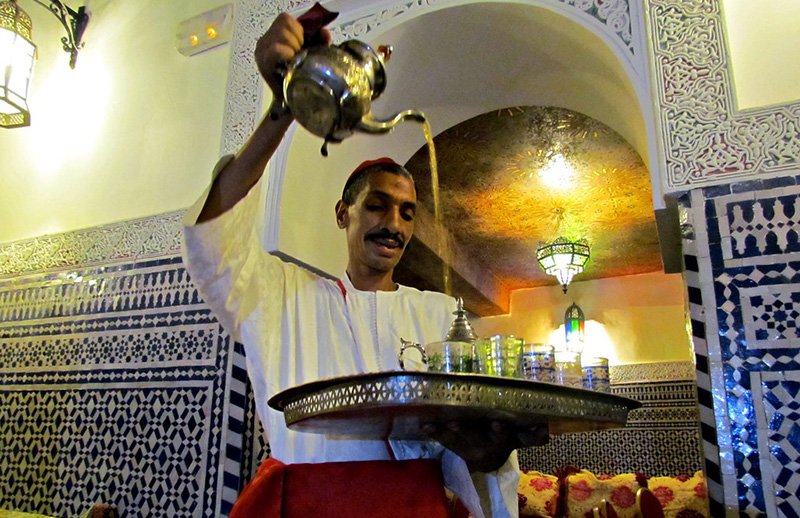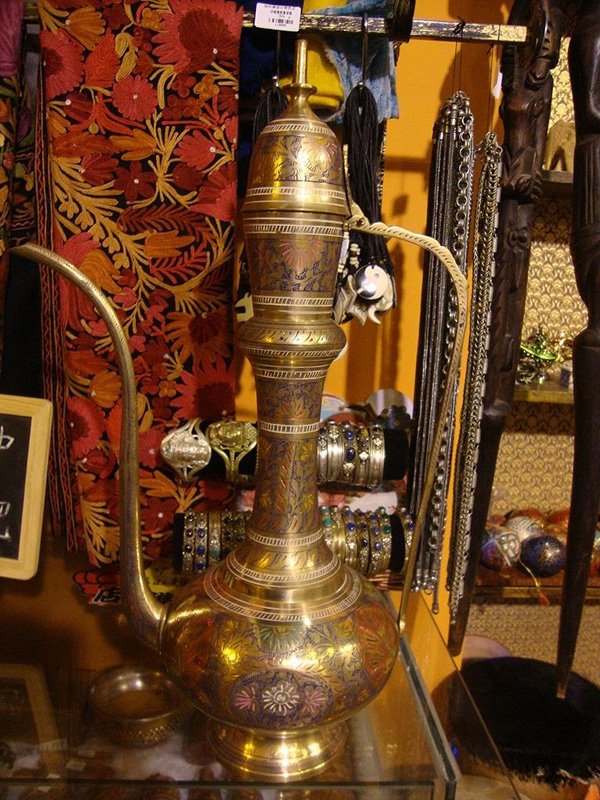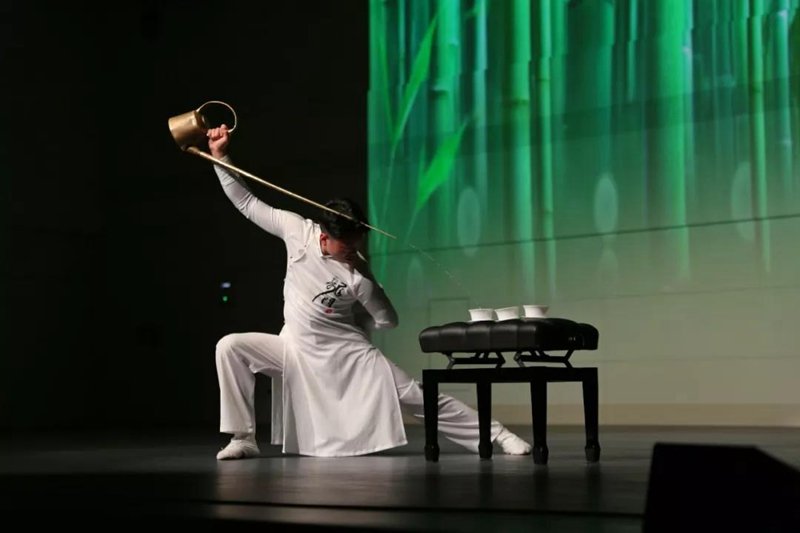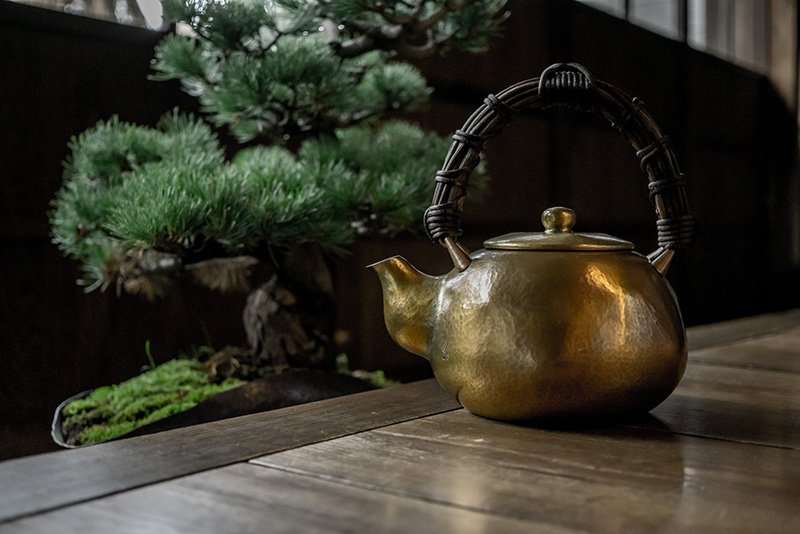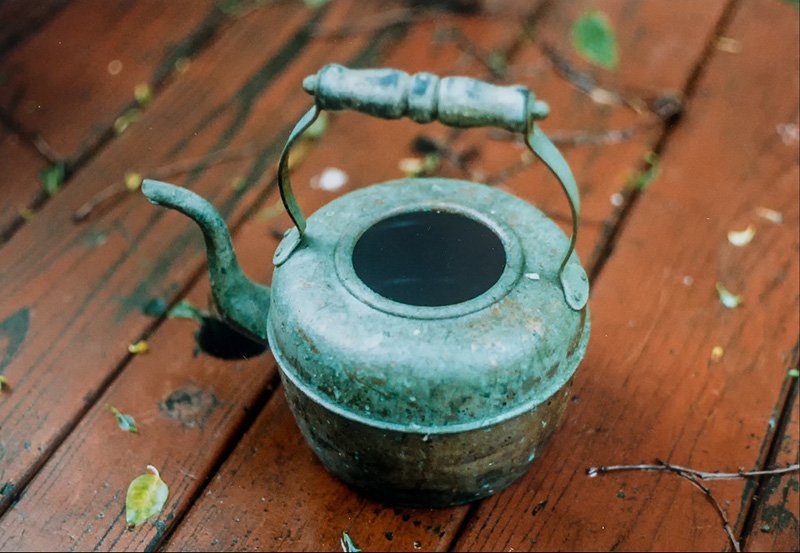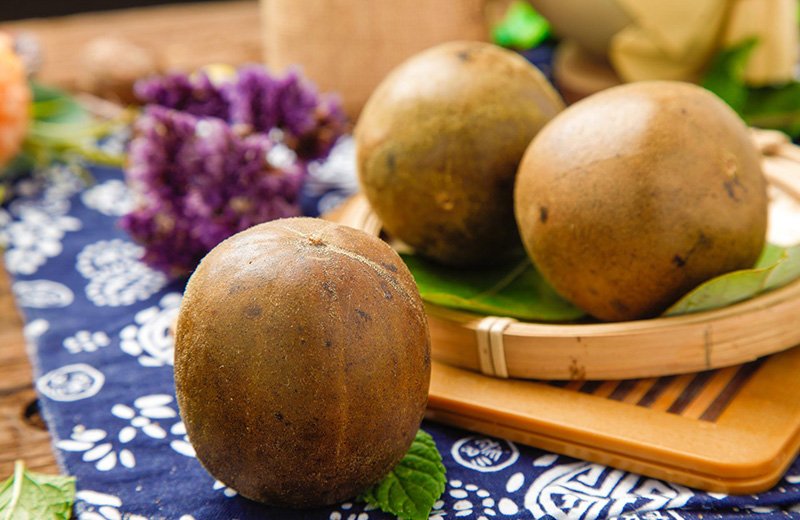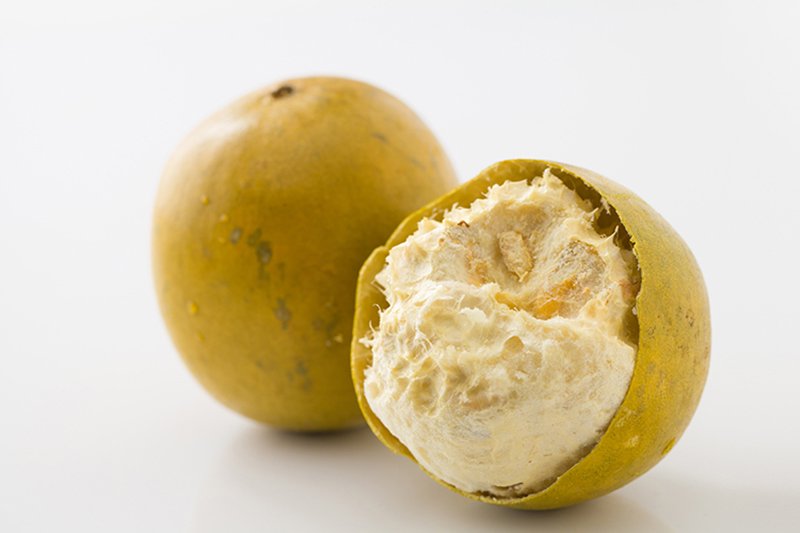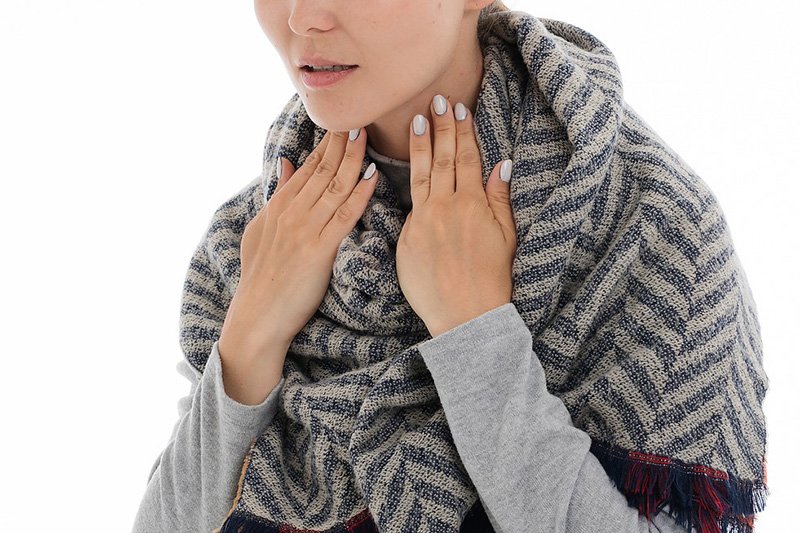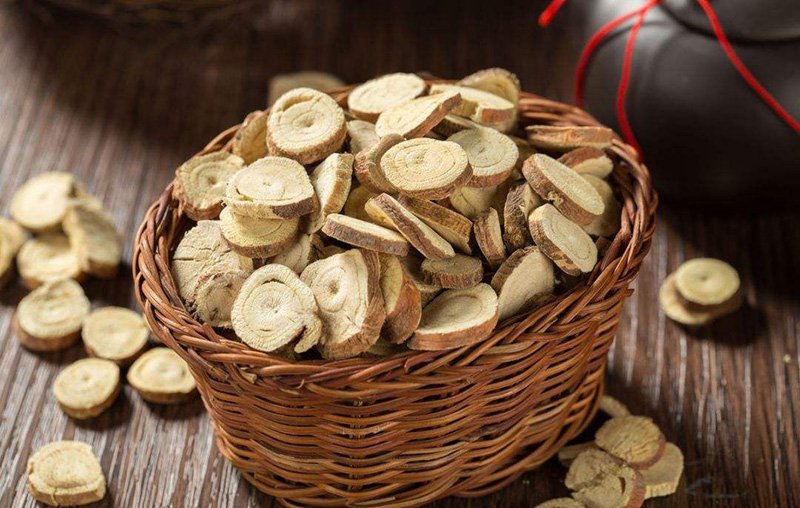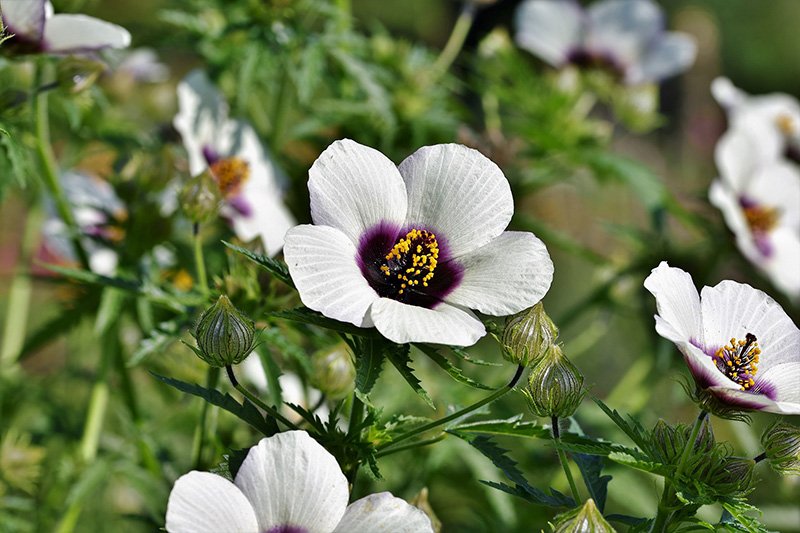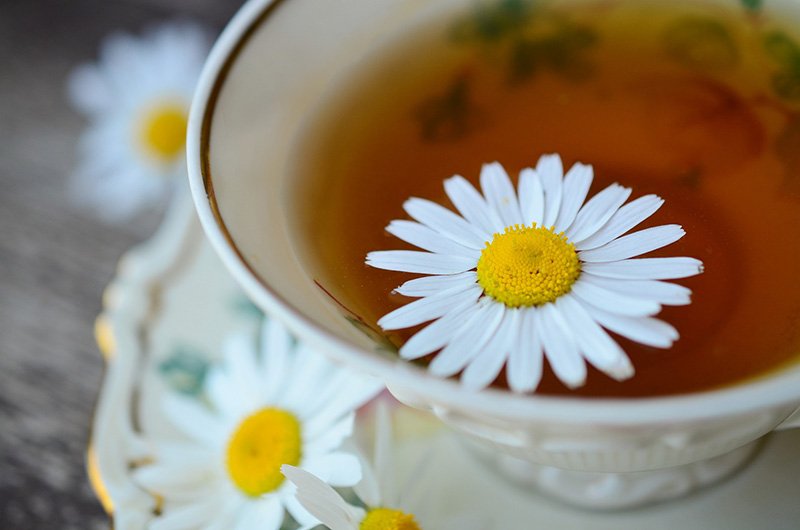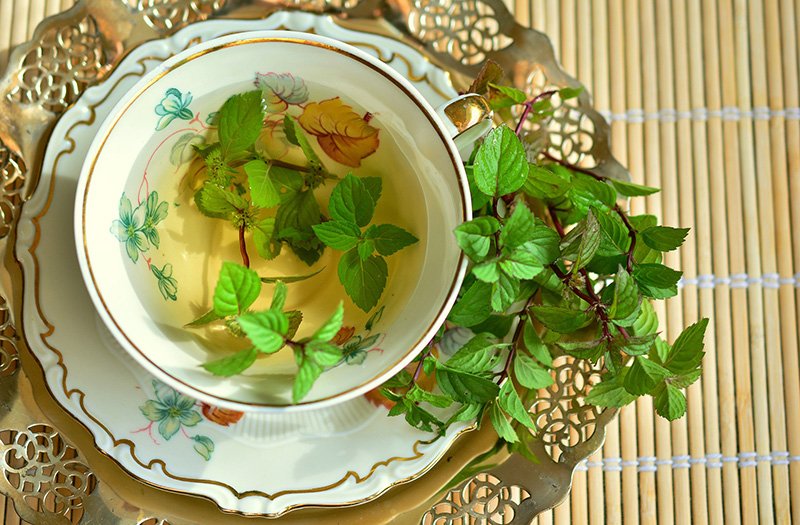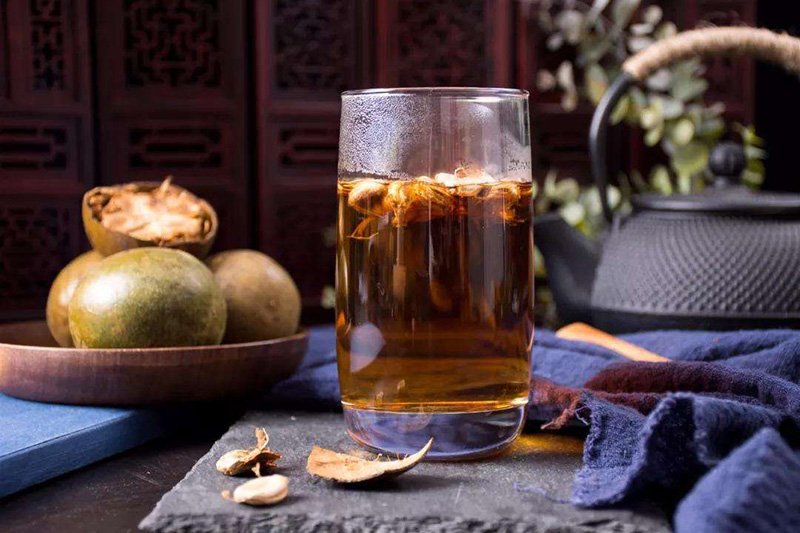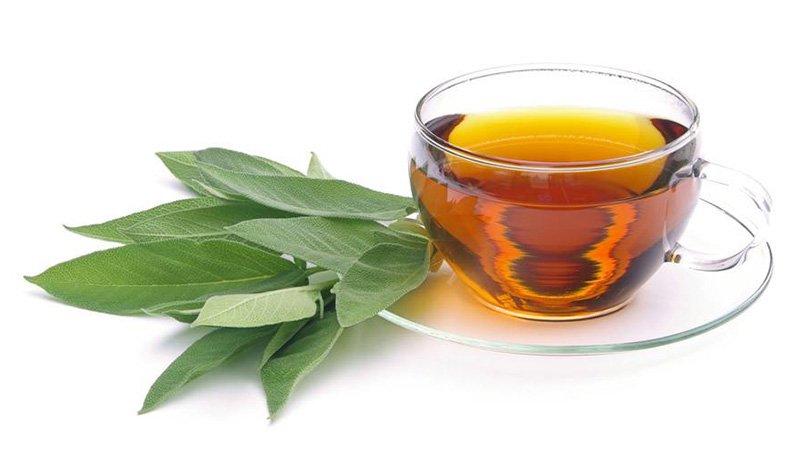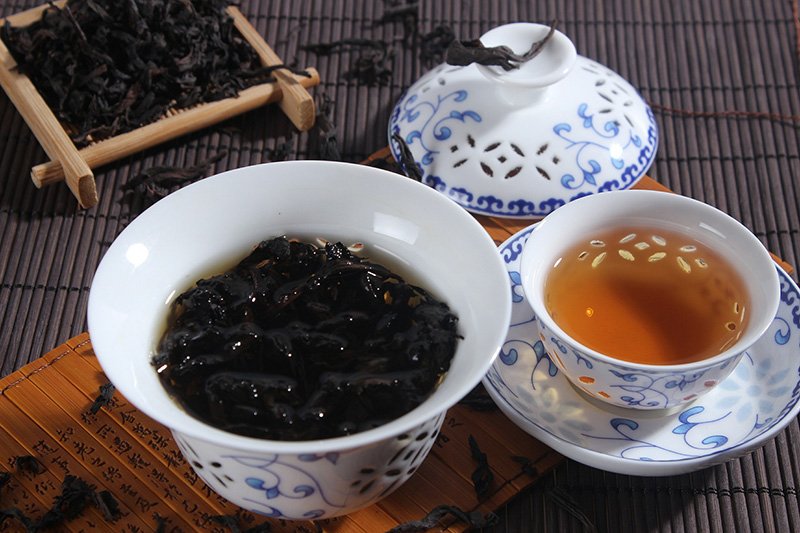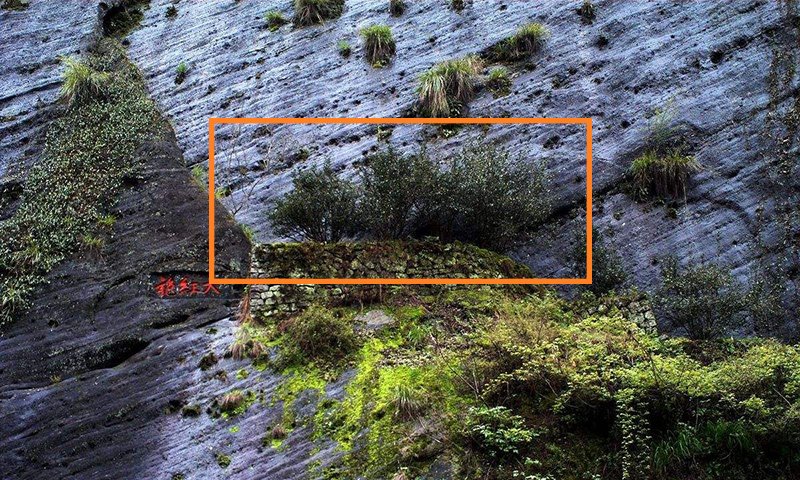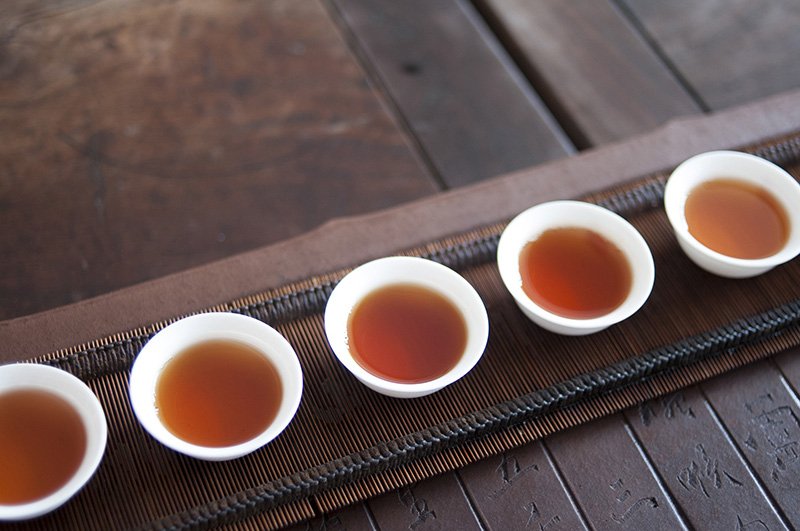If you love MMA and watched the early UFC, or you ever watched Bruce Lee‘s movie, you may know the word “Kung Fu,” which is the total name of the Chinese martial arts. In the Chinese tea ceremony, there is also a word called “Gongfu Tea.” Tea and martial arts, how are they get together?
What Is Gongfu Tea
Gongfu tea is not a type of tea; it’s a making tea style and ceremony, also called Kung fu tea. It originated and popular in Chaoshan, Fujian, and Taiwan provinces, China. These three regions have the most abundant tea yield and profound tea culture in China. The local folk developed this brewing tea way to extract the tea taste better. Gradually, it becomes a ceremony, and it is the most representative one in the Chinese tea culture.
Why this tea ceremony got the name “gongfu?” Is that mean the brewing process like the Chinese movie: two masters using the so-called “Chi” fighting each other when having tea?
Of course not. The word “Gongfu” in Chinese, except means martial art(Kung fu), also means “skills,” “workload,” and “lengthy and complex work.” So you can understand the gongfu tea as “a complicated tea brewing style which needs a long time practice.” Well, that’s complicated. Keep reading, I will try my best to help you know better.
Necessary Gongfu Teaware
The most traditional gongfu tea requires more than ten teawares, and each has an explicit standard. For example, there is a saying “alive fire and alive water,” which means it must use the open flame(alive fire) for boiling water, and the water must come from mountain spring(alive water).
Of course, unless you are going to learn the gongfu tea ceremony deeply, you should not get all the teawares. It only needs some of them that you can begin to study and show off when treating friends.
Tea Tray
The tea tray is the most crucial teaware in the gongfu tea ceremony. The water will be all around when brewing tea in the gongfu tea style, so it needs a tea tray with a drainage system.
The tea tray for gongfu tea typically made from wood. If you drop the cups off, the soft material can help prevent it from breaking. And because the tea tray often soaks in tea, its color will turn close to tea after a long time, and the surface becomes smooth. This is what Chinese old tea lovers alike, so-called “train the teaware.”
About the size, what I thought is the bigger, the better. When you are going to serve many friends, it also needs lots of teacups. The bigger tea tray got more space for placing, avoid the cups crash each other, and more convenient for operation.
Related Reading: 6 Popular Tea Tray – Pros & Cons
Tea Art Six Gentlemen
In the previous post, we’ve talked about the tea art six gentlemen(click here.) These tea tools are not necessary when making tea in modern ways, but must be in the traditional Chinese tea ceremony. Whether using them expertly is the embodiment of your “kung fu” level.
The tea art six gentlemen are mainly used for:
- Tea Tools Caddy: Storage the tea tools;
- Teaspoon: Measure and get the tea leaves out;
- Tea Funnel: Prevent the tea leaves from fall out;
- Tea Stirrer: transferring the tea leaves from the teaspoon or the tea holder to the teapot; dig out the steeped leaves from the teapot;
- Tea Tweezer: Pick the teacups up instead of using fingers
- Tea Needle: Dredge the blocked teapot;
Teapot
In the gongfu tea ceremony, both teapot and Gaiwan can be used for brewing tea.
Using the Gaiwan, the Kung Fu show will be more attractive. Gaiwan has the performance as good as the teapot on extracting the tea taste. But to the beginner, the Gaiwan is not recommended, because it is hard to use and easy to burn fingers.
Know more about Gaiwan: Use A Gaiwan Instead Of A Teapot To Brew Tea
The teapot is easier to use. Usually, the teapot used in gongfu tea ways is small, about 100ml, not over 150ml because the smaller ones look gracer, and lighter for use.
You may think the small teapot may not serve multiple friends. In fact, tea in the gongfu ways in not for solving thirst, just for appreciation, so every round only provides little tea, that’s enough.
Know more about Teapot: Teapot Buying Guide – 9 Popular Types, Pros Vs. Cons
About the material, what I recommended is choose the porcelain. Even though the Yixing purple sand teaware is the most traditional and famous, but it will leave the tea smell behind. The tea lovers only use it for a single type of tea.
Fair Cup
The fair cup is a big mug for storage the tea temporary, typically use with a filter. Because if you pour the infusion into the teacups directly, the concentration and color in each cup are not the same; that’s not fair.
Pour the infusion into the fair cup first, then serve it to every guest’s teacups. That makes all the teas and the experience it brings are the same; that’s why it called “fair cup.”
Smelling Cup
In the post about teacups(here), we’ve mentioned a type of teacup named smelling cup. It has a long-tall body and narrow opening, which can slow the tea cool down and make the scent more concentrated.
But the smelling cup is not for drinking tea(of course you can also do this at ordinary,) it’s just for feeling the scent of tea. In the gongfu tea, you need to pour the tea into the smelling cup first, and lid the tasting cup on it as a cover, then overturn them soon, to transfer the infusion. After that, the smelling cup only has the aroma left. Rub it with your hands, send the scent out, and smell it with your nose.
Tasting Cup
The tasting cup is the cup for drinking tea. As same as the teapot, it got a small size, typically about 15-20 ml. Due to the few tea insides, you can finish it in 2-3 sips, so the tea will not cool down and oxidation.
Most of the time, the smelling cup and the tasting cup are matching for sale. Because if they do not match, when you overturn them, the tea may spill out. That’s dangerous and unaesthetic.
How To Make Tea In Gongfu Tea Style
Even though the gongfu tea ceremony looks like acting, but every part of it is spreading an idea of “Dao.” Using body language instead of speaking, that conforms to the implicit personality of Chinese.
The gongfu tea style is not all the same in different regions of China, but they both based on the following steps:
1. Choose The Tea
Not all types of tea suitable for making in the gongfu tea style. Because the gongfu tea brewing is a long process, the leaves need to been wash and steep several times. Light-fermented tea like green tea, yellow tea, and white tea would lose the taste before drink. And black tea will be too strong and bitter for a drink.
Therefore, traditionally, oolong tea and dark tea are the main types. These two types of tea are suitable for brewing several rounds, and each shot can bring a different experience. Tie Guan Yin(oolong) Da Hong Pao(oolong) and Pu-erh (dark tea) have the same origin as the gongfu tea, and they are the most people choose.
2. Clean The Teaware
Clean the teaware up is the first step of gongfu tea.
- Add the boiling water into the teapot, put it up, shake, and let the water wash the teapot interior;
- Pour the water from teapot to the fair cup, and shake it;
- Pour the water from fair cup to the smelling cup, till to overflow;
- Pour the water from smelling cup to the tasting cup, then hold the bottom of the smelling cup with fingers, soak their opening into the water of the tasting cup, rotate and wash it;
- Pick up the tasting cup with the tea tweezer, and shower the teapot’s body with the wastewater. At last, water will drain away through the drainage system of the tea tray;
Washing the teaware with hot water is a sanitary requirement. Also, it can pre-heat the teawares, let them better for the subsequent brewing.
3. Take Out The Tea
Take the loose tea leaves out with a teaspoon, get close, and have a smell to see if they go bad. It will be impoliteness if you use spoiled tea to make tea for serving the guest.
4. Adding Tea
Open the teapot, place the tea funnel on it, and then add the tea leaves with a tea stirrer. Unlike the ordinary case, to brew gongfu tea requires more tea leaves to make the tea infusion strong; keep adding till full at about 3/5 of the teapot.
5. Washing Tea
Adding boiling water into the teapot till spill out a little, that can bring some dust on the tea leaves away. Then cover the teapot, and shower the teapot with the hot water, washing the dirt away and keep it warm at the same time.
The first round infusion, we called it waste tea. Do the same job as cleaning teaware, washing the other teawares with these waste tea one by one.
6. Adding Water Again
Adding boiling water into the teapot again, till spill out a little. Cover it and shower some hot water on the surface again for keeping warm; then steep for the proper time(according to the types of tea.) Typically, this time the host will add the water at higher up, so-called “high-pour,” to make the leaves dancing in the teapot.
7. Pour The Tea Infusion Into The Fair Cup
Place the filter on the fair cup, then pour the tea infusion in. Pay attention, the tea in the teapot must all pour out without a drop left behind. A long time steeping will make the tea taste lost and speed up the oxidation and affect the quality of the next rounds.
8. Pour Tea
Pour the tea from the fair cup into the smelling cups. If there are many guests, the drink in every cup should be the same volume, for showing fair. And the tea in cups should not be too much, full the cup with tea is impolite in Chinese culture.
When serving too many guests at the same time, the host will round the cups in a circle, then pour the tea in clockwise. It is said that the host who is good at “kung fu” can quickly finish this job and make every cup of tea as much as the same. But most of the time, they will refill some tea to each cup to get average at the end.
9. Serving Tea
Cover the tasting cup on the smelling cup. Then pick the smelling cup up with your both hands’ index and middle fingers, while using the thrumb s pressing on the bottom of the tasting cup, turn them over quickly! This action is called “overturn the sky and the earth.” At last, place them on a tea saucer, and pass them to the guest.
10. Smell Tea
At this time, the guest should pick up the smelling cup first, so that the tea will all flow to the tasting cup. But it is not the time to taste; guests should rub the smelling cup with two hands, get close, and smell. Also, it is best to say something good to the host.
11. Enjoy Tea
After smelling tea, the guest put down the smelling cup. Then pinch the edge of the tasting cup with thumb and index finger of one hand, hold the bottom with the index and middle finger of the other hand, then pick it up for drinking. If you are not good at this, you can hold the tea saucer instead.
Before tasting, you need to smell the scent of the tea again, then taste in a sip way. Sipping and make a loud sound so that the host knows you are drinking. After enjoy, put the cup back to the saucer, and pass them back to the host.
12. Repeat
The host will repeat the 6 to 9 steps, and the guest repeats the 10-11. Usually, this process will repeat 3 times; 3 is is a lucky number to Chinese, which means growing strong(may also to the House Tyrell of Highgarden?). It will never stop at the fourth round, the number 4 means death to the Chinese.
Of course, high-quality oolong tea typically can brew over 5-7 rounds, and each shot can bring a different experience.
